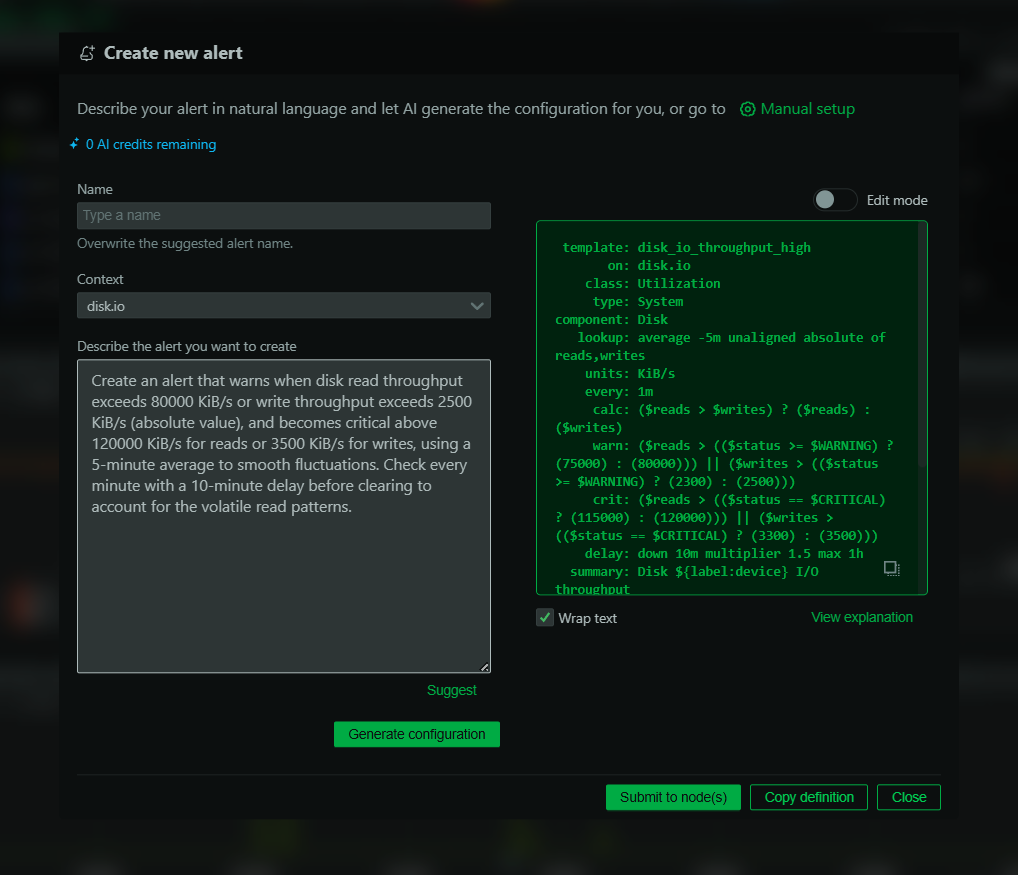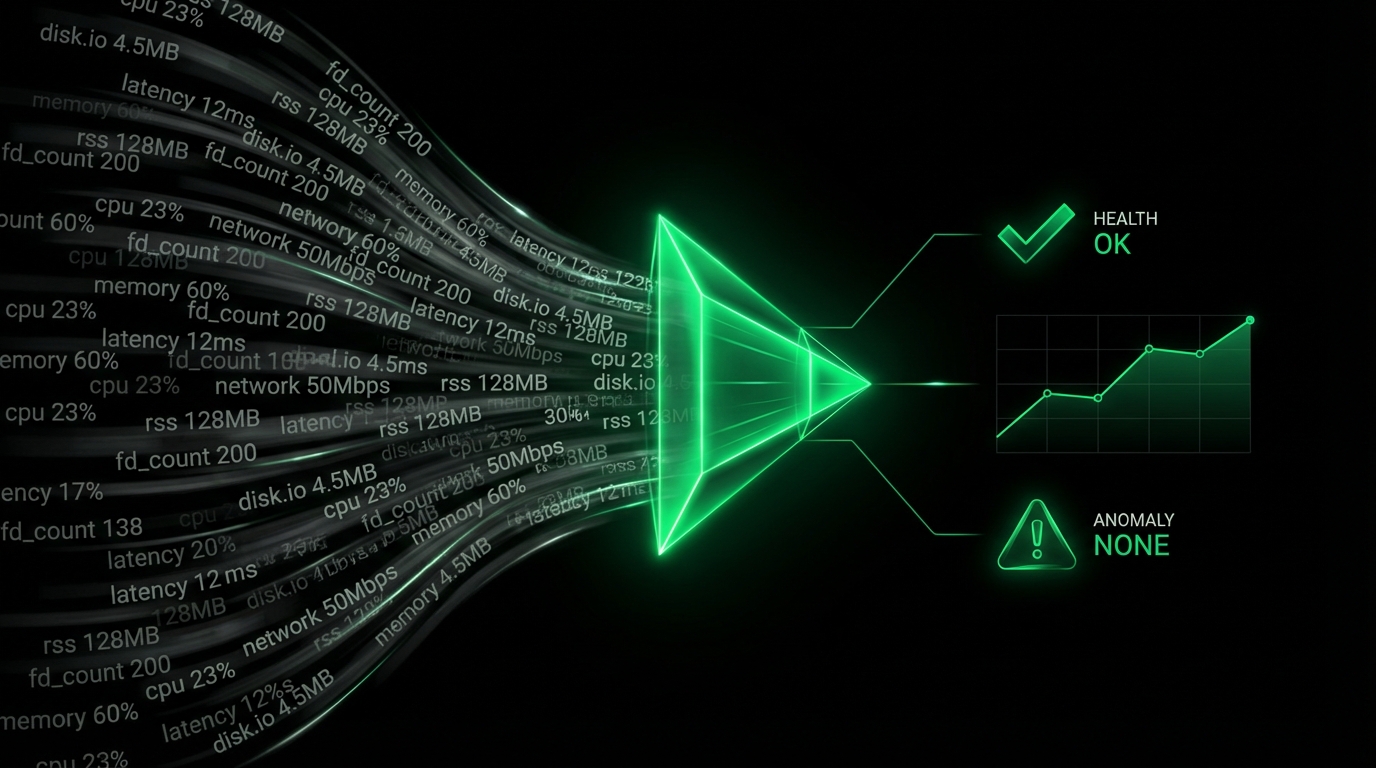Adaptec RAID Monitoring
What Is Adaptec RAID?
Adaptec RAID is a trusted storage solution designed to manage and protect your data using Redundant Array of Independent Disks (RAID) technology. These controllers are widely used for enhancing storage reliability and performance by spreading data across multiple disks.
Monitoring Adaptec RAID With Netdata
To monitor Adaptec RAID efficiently, Netdata offers a comprehensive monitoring tool that integrates seamlessly with your system. The $name monitoring tool helps you gain insights into the status and health of your RAID arrays in real time, enabling proactive maintenance and swift troubleshooting.
Why Is Adaptec RAID Monitoring Important?
Monitoring tools for Adaptec RAID are essential because they empower you to:
- Prevent Data Loss: By continuously checking the health of logical and physical devices, you catch potential failures early.
- Optimize Performance: Regular monitoring allows you to tweak configurations for better speed and efficiency.
- Ensure System Uptime: By identifying issues before they become critical, you maintain system availability and reliability.
What Are The Benefits Of Using Adaptec RAID Monitoring Tools?
By using tools for monitoring Adaptec RAID, you get:
- Real-time Alerts: Instant notifications for critical health statuses.
- Detailed Metrics: Comprehensive data on individual disk performance.
- In-depth Analysis: Root cause analysis using historical data trends.
Understanding Adaptec RAID Performance Metrics
Logical Device Metrics
- Logical Device Status: Represents the current status of the logical devices(RAID arrays), ensuring they’re configured and working correctly.
Physical Device Metrics
- Physical Device State: Monitors the real-time health state of each disk, identifying failures efficiently.
- SMART Warnings: Tracks Self-Monitoring, Analysis, and Reporting Technology (SMART) warnings, providing early indicators of disk issues.
- Device Temperature: Maintains operating temperatures to prevent overheating-related failures.
| Metric Name | Description |
|---|---|
| Logical Device Status | Status of the logical RAID devices. |
| Physical Device State | Current state of the individual physical disks. |
| Physical Device SMART Warnings | Tracks SMART warnings to forecast device issues. |
| Physical Device Temperature | Temperature measurement to prevent potential thermal issues. |
Advanced Adaptec RAID Performance Monitoring Techniques
Netdata’s Adaptec RAID monitoring tool is designed to execute privileged commands securely via the ndsudo tool. This enhances the security and streamlines the permission management of your monitoring setup.
Diagnose Root Causes Or Performance Issues Using Key Adaptec RAID Statistics & Metrics
Unlock detailed insights and diagnose potential root causes of performance issues with Netdata’s extensive statistical data. Try the Netdata Live Demo or Sign Up for a Free Trial to experience unparalleled monitoring first-hand.
FAQs
What Is Adaptec RAID Monitoring?
Adaptec RAID monitoring is the practice of observing and managing RAID performance and health to preemptively detect and resolve issues before they escalate.
Why Is Adaptec RAID Monitoring Important?
It’s crucial because it allows you to prevent data loss, enhance performance, and ensure system availability by addressing issues before they impact operations.
What Does An Adaptec RAID Monitor Do?
It continuously tracks the RAID controller’s logical and physical devices, providing real-time health status, performance metrics, and alert notifications for potential failures.
How Can I Monitor Adaptec RAID In Real Time?
With Netdata, you can monitor Adaptec RAID in real-time by setting up the Adaptec RAID collector module and accessing comprehensive data through Netdata’s intuitive dashboard.









